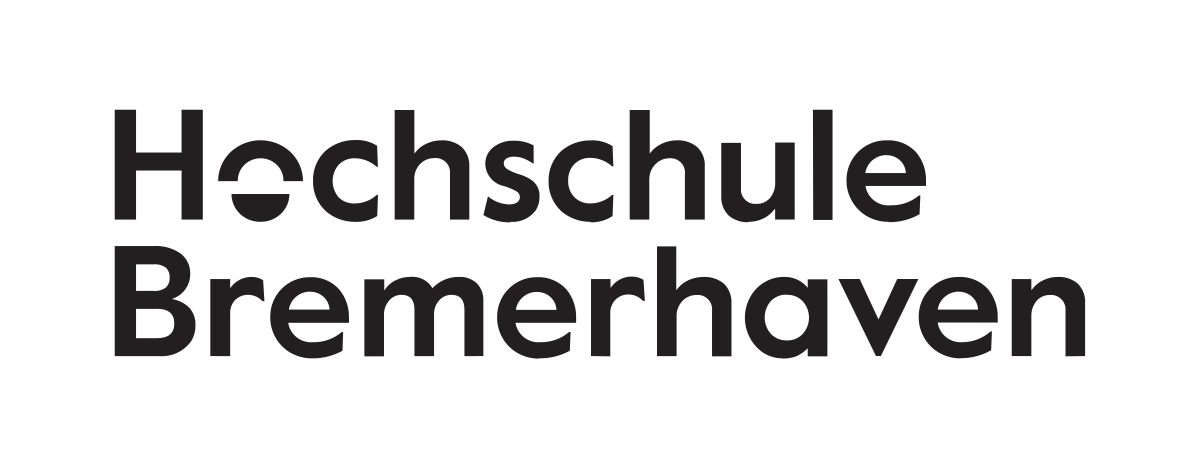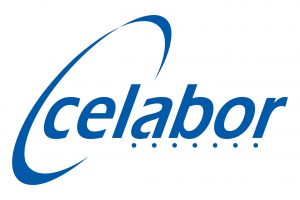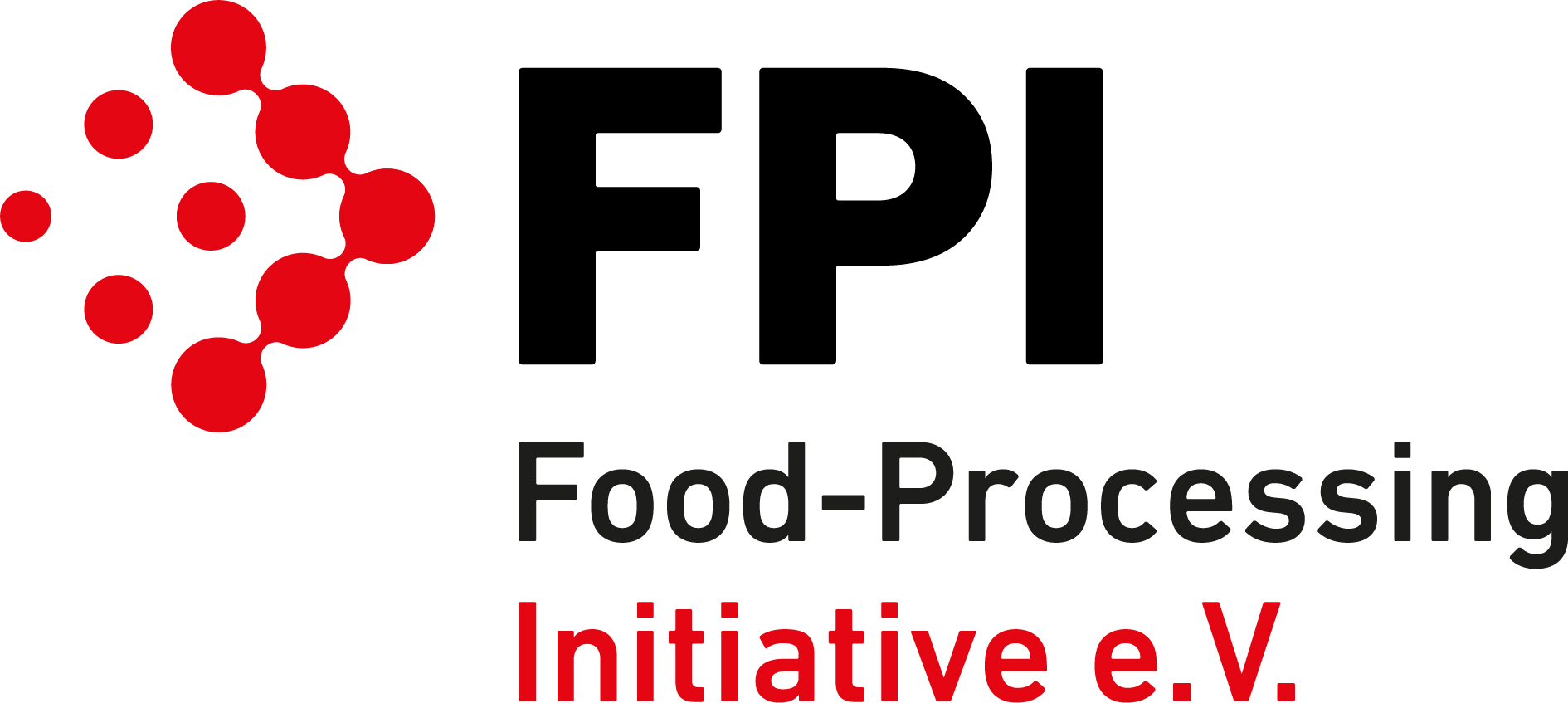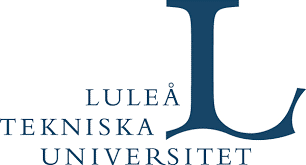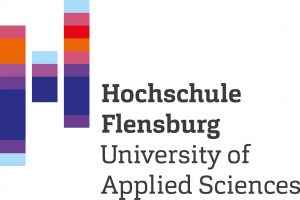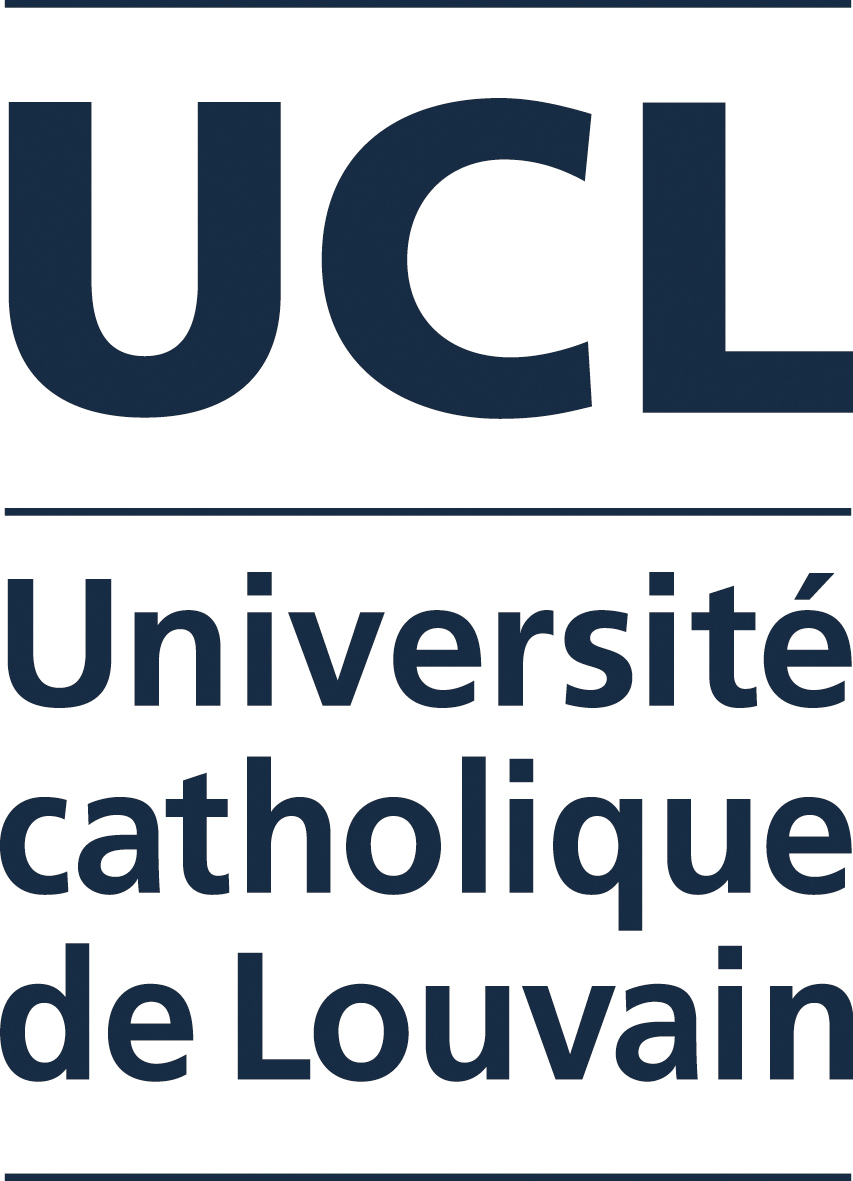Extraction of lignified halophytes by non-toxic solvent
Using easily scalable methods, suitable for rural area farmers in Europe, AAU has investigated the optimization of extraction of known antioxidants, with quantification of antioxidant capacity and polyphenol content from S. ramosissima. The lignified biomass was dried under room temperature, and shredded in bulk effectively using cheap common agricultural equipment.
Conventional methods were used for extraction of phenolic compounds, e.g. Soxhlet extraction, boiling and a mixture of other known extraction methods, using a non-toxic, cheap and easily available solvent. A 25 L Soxhlet apparatus, capable of extracting 2 kg biomass per run, has been built to test different solvents, and provide large quantities of extract to AQUA-COMBINE partners. The produced extract, roughly 20 L, is heterogeneous in terms of antioxidant capacity, so extract can be provided the AQUA-COMBINE partners with different levels of antioxidant capacity.
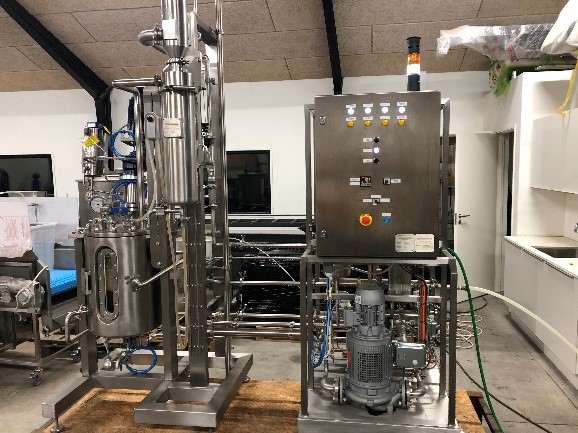
The extract was kept liquid and analysed using Folin-Ciocalteu total phenolic determination and DPPH antioxidant capacity determination.
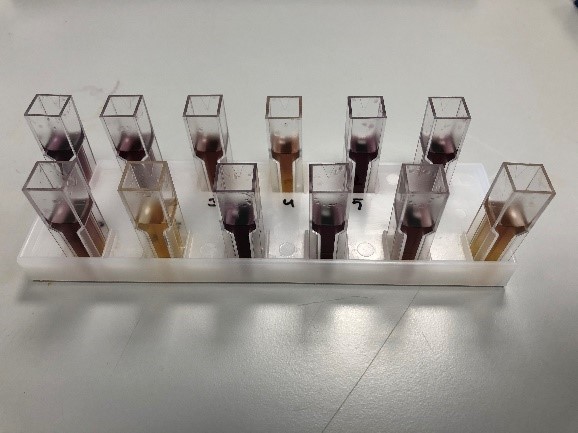
Relative toxicity, regarding formed furanic compounds, was determined by HPLC. This showed low, or even no, relative toxicity, comparable to chocolate and coffee beans. This makes the antioxidant extract suitable for food/feed purposed, regarding to furanic compound.
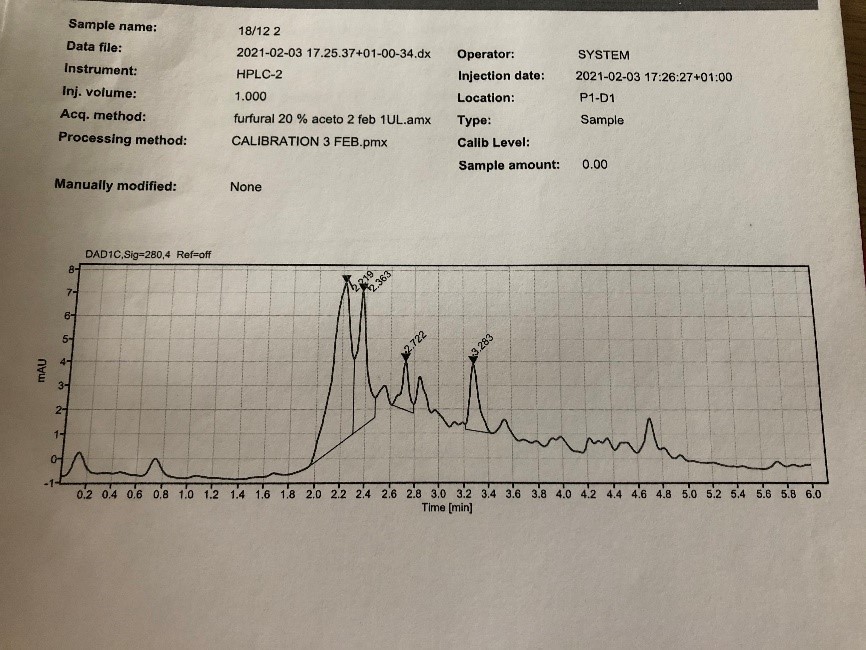
AAU has on basis of these findings drafted a cheap up-scaled extraction process capable of production of approximately 2 m3 extract per day operated by one person. Patent is pending on this process layout. This process includes a flexible extraction step with reverse osmosis to purify the extract.
Acknowledgement
This project has received funding from the European Union’s Horizon 2020 research and innovation programme under Grant Agreement No 862834. Any results of this project reflects only this consortium’s view and the European Commission is not responsible for any use that may be made of the information it contains.







